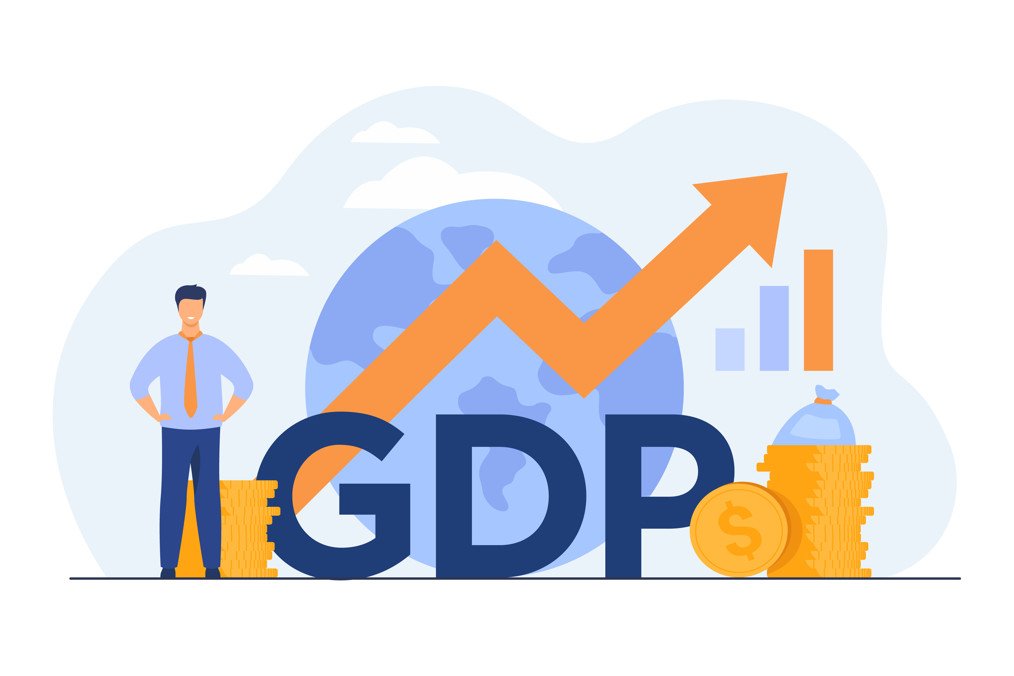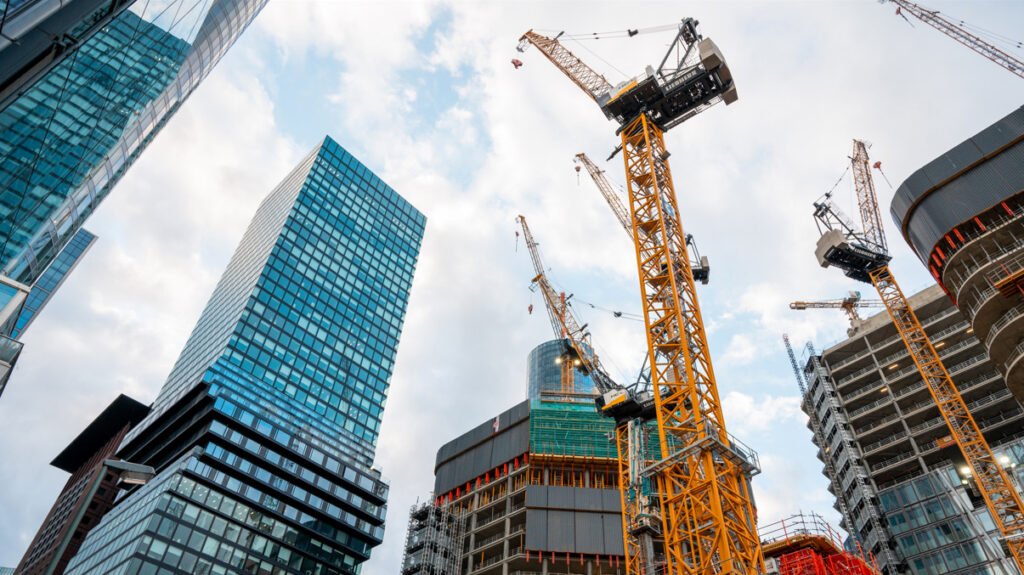Introduction:
Since achieving independence in 1947, It has been an impressive journey for India’s economic growth. Over the past 75 years, the nation has achieved significant milestones across various sectors, establishing itself as one of the world’s fastest-growing economies. In this comprehensive blog post, we will explore India’s economic transformation, highlighting key indicators of progress, challenges that persist, and the strategies required for sustained growth.

Milestones in India’s Economic Growth
1. GDP Expansion: India’s Gross Domestic Product (GDP) has experienced remarkable growth, surging from 22.7 lakh crores in 1947 to a noteworthy 247 lakh crores in 2023, reflecting an impressive average annual growth rate of 6.5%.
2. Corporate Landscape: The number of companies established in India has multiplied from a mere 77 in 1947 to a substantial 1,026 in 2023, emphasizing the favorable environment for entrepreneurship.
3. Literacy Revolution: India’s literacy rate has seen a significant increase from a mere 12% in 1947 to an encouraging 77.7% in 2023, enabling greater workforce participation and economic contribution.

4. Educational Expansion: The proliferation of universities has been remarkable, growing from 20 in 1947 to an impressive 1,026 in 2023, underscoring India’s commitment to strengthening its education system, a vital component for sustained economic growth.
5. Foreign Investment: Foreign Direct Investment (FDI) in India has risen substantially, from 6.6 lakh crores in 2014 to ₹1,029 crores in 2023, signifying the confidence of foreign investors in India’s economic potential.
6. Strong Forex Reserves: India’s forex reserves have surged from 45.7 lakh crores in 2014 to ₹1,029 crores in 2023, indicating the country’s robust financial position and economic stability.
7. Infrastructure Development: India’s road network has expanded from 53,596 km in 1950 to 64 lakh km in 2023, while railways have grown from 31,000 km in 1947 to 67,956 km in 2023, improving connectivity and driving economic activity.
8. Improved Life Expectancy: India’s average life expectancy has increased from 47 years in 1947 to 70 years in 2023, attributed to advancements in healthcare and living standards.

Challenges Ahead
While India’s economic progress is commendable, it continues to grapple with several formidable challenges:
1. Poverty: A significant portion of the population still lives below the poverty line, necessitating targeted poverty alleviation programs.
2. Income Inequality: Income disparity persists, with a widening gap between the affluent and the disadvantaged.
3. Unemployment: High unemployment rates, particularly among the youth, pose a pressing challenge.
4. Infrastructure Gap: India’s infrastructure struggles to keep pace with its economic growth, requiring substantial investments.
5. Environmental Concerns: India faces severe pollution issues and ranks among the most polluted countries globally.

Conclusion
India’s economic journey since independence is a remarkable story of progress and potential. Despite substantial challenges, the nation is well-equipped to address them. Continued investments in education, infrastructure, healthcare, and sustainable development practices are crucial for harnessing India’s full economic potential. With determination and concerted efforts, India is poised to emerge as a major global economic powerhouse in the coming years.
FAQs
India’s GDP growth can be attributed to factors such as economic reforms, a growing middle class, a youthful demographic dividend, and increased foreign investments.
Addressing income inequality and unemployment requires a multifaceted approach, including skill development programs, initiatives for job creation, and policies that promote equitable economic growth.
India can combat pollution through stringent environmental regulations, the promotion of renewable energy sources, and the encouragement of sustainable practices in industries.
Improving infrastructure entails substantial investments in roads, railways, ports, and digital connectivity, coupled with efficient project management and public-private partnerships.
Investing in education is crucial for India’s future growth as it ensures a skilled workforce, fosters innovation, and enhances overall productivity.

